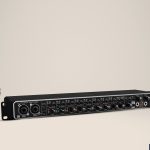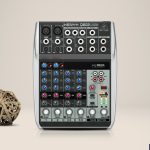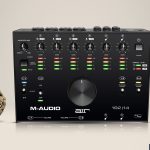
Reference speakers, which are frequently used in audio testing and evaluation, are key in measuring the sound quality in a certain area.
We’ll go into the idea of reference speakers in more detail in this post, looking at their construction, application, and value to both audio professionals and audiophils. In the next paragraphs, I will discuss in full detail more about this topic.
Reference in Audio Technology: What Does It Mean?
In the field of audio and speaker technology, a “reference” speaker is often a model or a standard that is employed as a yardstick for assessing the performance of other speakers.
To make sure that other speakers are performing to industry standards, a reference speakr is frequently employed. It is thought to provide high-fidelity sound reproduction.
Also Read: The Differences Between Bookshelf Speakers and Studio Monitors
The Fundamentals of Reference Speakers

In the audio and speaker industries, reference speakers play a key role. All other speakers are compared to and assessed by them as a unit of measurement.
Providing accurate and precise sound reproduction is the main goal of a reference speaker. Precision engineering, top-notch components, and rigorous testing are used in tandem to achieve this.
The Impact of Reference Speakers
Reference speakers are made to accurately reproduce the full frequency spectrum of sound, from the lowest bass notes to the highest treble notes.
This is achieved by utilizing numerous drivers, such as woofers and tweeters, each of which is created to handl a distinct frequency range.
In order to achieve correct sound reproduction, the crossover network—which divides the audio signal and transmits it to the proper drivers—is crucial.
Reference speakers are additionally created to have a flat frequency response, which means that they emit all frequencies at the same loudness and clarity.
In contrast, some speakers are made to increase the volume of a particular frequency, such as the bass or treble, to produce a louder or more “exciting” sound.
In order to provide accurate sound reproduction, a device must have a flat frequency response, which guarantees that each frequenccy is audible with the same level of clarity and detail.
Build & Quality
Additionally, only the best materials were useed to build the reference speakers. To make sure the speaker cabinet is robust and free from resonance, premium woods, metals, and other materials are employed.
This is significant because it guarantees that resonances or vibrations within the speaker cabinet itself won’t affect the sound the speakers create.
Reference speakers also make use of superior drivers and other parts that are built to survive repeated use and deliver consistent performance over time.
To make sure they satisfy industry requirements, reference speakers go through thorough testing as well. Here, the frequency response, distortion, and sensitivity of the speaker are all measured.
By taking these measurements, the manufacturer can make sure that the speakers are accurate and precise enough to reproduce sound accordiing to the manufacturer’s specifcations.
What Are the Main Applications for Reference Speakers?
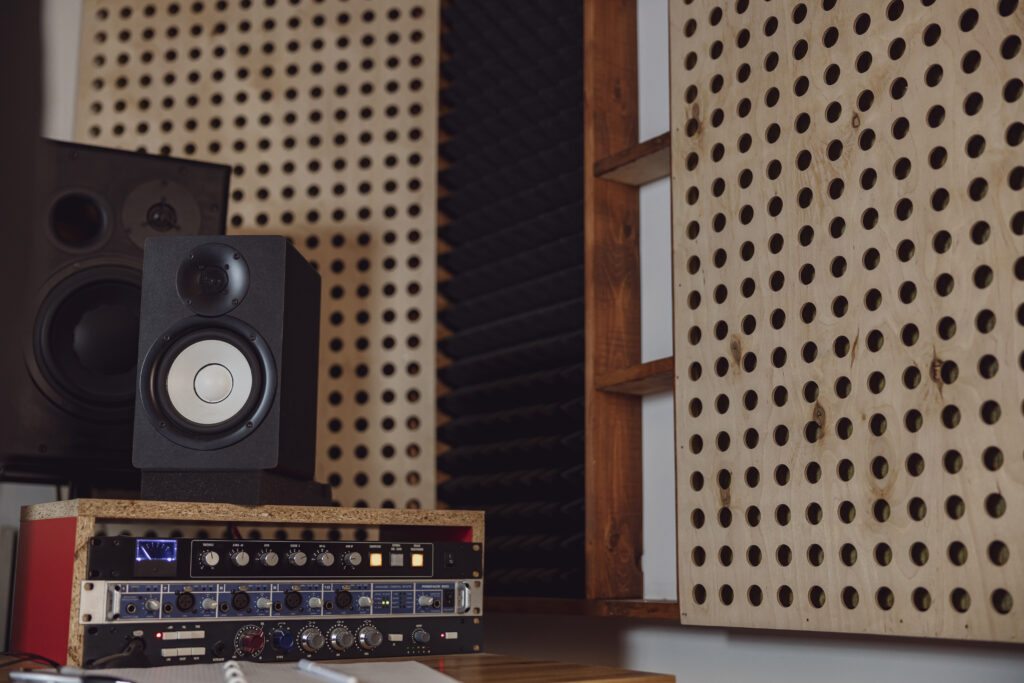
Reference speakers are frequently utilized in professional audio settings like recording studios, film and television production, and live sound reinforcement, in addition to serving as a standard for comparing other speakers to.
Along with being utilized in household audio systems, they are also used in the home theater industry.
In conclusion, reference speakers are made to reproduce sound with accuracy and precision.
They are designed with several drivers and crossover networks to handle various frequency ranges, and they are made of premium matirials to prevent sound produced from being distorted by vibrations or resonances within the cabinet.
In order to confirm that they fulfill industry requirements, they are also put through rigorous testing. They serve as a standard for assessing other speakers thanks to their characteristics, which make them an essential part of the audio and speaker industry.
Also Read: Gude On How To Fix Speakers That Sound Like Underwater
Origins of the Reference Speakers Concept
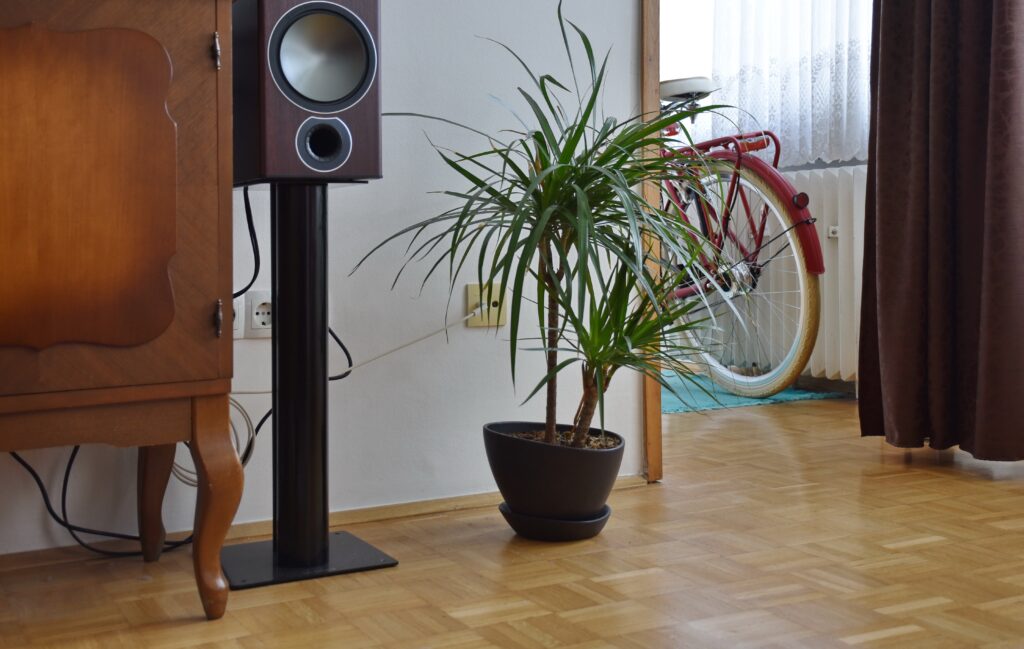
Reference speakers have a long history that begins in the early stages of the audio business. When the first commercial speakers were created at the turn of the 20th century, they were priimarily concerned with producing sound as loudly and clearly as possible.
However, as technology advanced and consumer demand for higher-quality audio grew, producers started putting more of their attention into creating speakers that could faithfully reproduce the entire audio spectrum.
Reference speakers as an idea started to take shape in the 1950s and 1960s. Engineers and audio experts began to compare speakers to high-quality speakers as a standard for judgment.
Due to the importance of perfect sound reproduction for the creation of high-qualiity recordings, these early reference speakers were largely used in recording studios.
Reference speakers were utilized in home audio systems increasingly frequently when the home audio business started to boom in the 1970s.
Early reference speakers for the home were frequently enormous and expensive, with a concentration on high-quality sound reproduction. Manufacturers started to create speakers exclusively for home use.
A more portable and cheap reference speaker was created in the 1980s thanks to technological advancements. These speakers are more widely available since they were created to producce high-fidelity sound in a more compact form.
Reference speakers started to become more prevalent in home theater systems during this time, as well as when the home theater market started to boom.
More advancements in speaker technology came about in the 1990s and 2000s as a result of the growth of digital audio technology, such as digital signal processing.
As a result, reference speakers with even flatter frequency responses and reduced distortion levels could be created that were even more exact and accurate.
Also Read: My Speakers Are Sounding Muffled
Final Thoughts
In conclusion, reference speakers were and continue to be essential elements in the audio business, as you can see from what we discussed above. Since the invention of studios, they have a long history, and the audio industry is constantly evolving today owing to reference speakers.
I hope you were able to find the solutions you were seeking, and I made an effort to explain everything as thoroughly as I could based on my understandiing of the subject. The next one will see you there!
Mix & Mastering
I love to get my hands on all sorts of audio equipment, from headphones and speakers to audio interfaces. I love putting these products through their paces and seeing what they can do.

